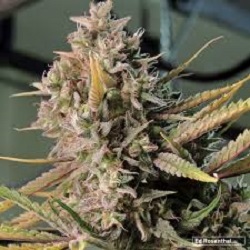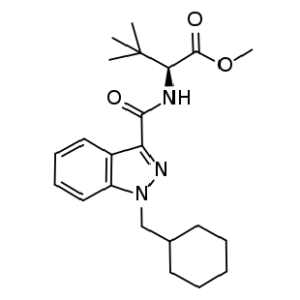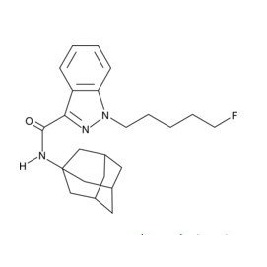Description
BUY PB-22 ONLINE
Buy PB-22 Online, This product has been manufactured and tested to meet ISO17025:2005 and Guide 34:2009 guidelines
This product is intended to be used as an analytical reference standard
Bulk material is available for academic research at qualified institutions; please contact our sales department for pricing
Synonyms
5-fluoro QUPIC
5-fluoro PB-22 (Item No. 14095) is an analytical reference material that is structurally categorized as a synthetic cannabinoid (CB). It is a full agonist of human CB1 and CB2 receptors (pEC50s = 8.55 and 7.97, respectively).1,2 5-fluoro PB-22 potently and dose-dependently induces hypothermia and reduces heart rate in rats, mimicking the in vivo effects of Δ9-THC (Item Nos. 12068 | ISO60157).1 This product is intended for research and forensic applications.
This product is a qualified Reference Material (RM) that has been manufactured and tested to meet ISO17025 and Guide 34 guidelines. These materials are tested using validated analytical methods on qualified instrumentation to ensure traceability of measurements. All traceable RMs may be distinguished by their CofAs and can be downloaded below using the batch number located on the product label. For a representative CofA please contact our technical support.
PB-22 (QUPIC or 1-pentyl-1H-indole-3-carboxylic acid 8-quinolinyl ester) is a designer drug offered by online vendors as a cannabimimetic agent, and detected being sold in synthetic cannabis products in Japan in 2013. The structure of PB-22 appears to use an understanding of structure-activity relationships within the indole class of cannabimimetics,[original research?] although its design origins are unclear. PB-22 represents a structurally unique synthetic cannabinoid chemotype, since it contains an ester linker at the indole 3-position, rather than the precedented ketone of JWH-018 and its analogs, or the amide of APICA and its analogs.
PB-22 has an EC50 of 5.1 nM for human CB1 receptors, and 37 nM for human CB2 receptors. PB-22 produces bradycardia and hypothermia in rats at doses of 0.3–3 mg/kg, suggesting potent cannabinoid-like activity. The magnitude and duration of hypothermia induced in rats by PB-22 was notably greater than JWH-018, AM-2201, UR-144, XLR-11, APICA, or STS-135, with a reduction of body temperature still observable six hours after dosing. One clinical toxicology study found PB-22 to be the cause of seizures in a human and his dog





